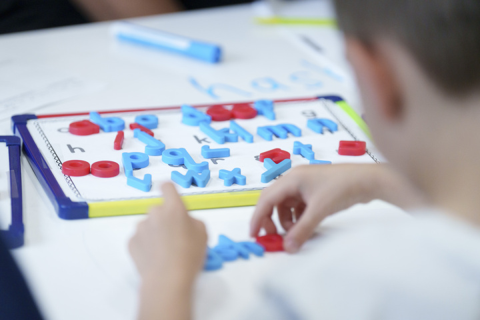School funding is up 10%, after adjusting for inflation, in the past decade, even as enrollment dropped 8%, from 1.49 million to 1.37 million.
Staffing is up 14%, too, buoyed in part by a surge of federal COVID-19 spending. Districts in 2024-25 employed 3,950 more teachers than in 2015, as well as 22,142 more aides, up 29.2%.
Despite more money and staff, national test scores are falling or stagnant, and Michigan has a greater learning loss from the pandemic than most other states.
States like South Carolina, once behind Michigan, have passed it. In 2013, when Michigan ranked 38th in 4th grade reading, South Carolina ranked 44th. By 2024, it was ranked 24th in fourth-grade reading. Michigan fell to 44th.
And in a separate analysis of pandemic learning loss, Michigan students remained more than six months behind in reading in 2024 from where they were in 2019. That loss is the 8th worst in the nation.
Michigan’s slide can be seen in every demographic group and geographic setting. Urban, suburban and rural districts all reported substantial learning loss and, on the NAEP, both the state’s economically disadvantaged students and their wealthier classmates recorded some of the biggest drops in the nation.
While Michigan students do better on math tests, with results that are middle of the pack, experts consider elementary reading scores to be a more of a marker to future academic success.
Robert McCann, executive director of the education advocacy group K-12 Alliance of Michigan, downplayed the pertinence of the low 2024 NAEP scores, calling them “an anomaly” that doesn’t represent the good work done in Michigan classrooms.

